Notice: You need an Immunofluorescence Analyzer to run the tests with this kit
Contact us for the equipment and test kits combo wholesale
SPECIFICATION
10 Test/Box
Cat.No.:MG-CA-R013
INTENDED USE
The FCV-Ab test is a fluorescence immunoassay used along with an Immunofluorescence Analyzer for quantitative determination of feline calicivirus antibody concentration in serum or plasma. The test may offer a reference of FCV-Ab titer level after pets are vaccinated and determination whether the pets need to be immune again. Another use of the test is an aid in the diagnosis and monitoring of feline calicivirus infection.
For in vitro diagnostic use only. For professional use only
TEST PRINCIPLE
1. This test employs a quantitative double antigen sandwich fluorescence immunoassay technique.
2. The fluorescent signal intensity reflects the amount of FCV-Ab captured. The concentration is expressed as Tu/ml.
MATERIAL
| Contents | Quantity |
|---|---|
| Individual Sealed Pouches | 10 |
| – Test Device | Per pouch |
| – Desiccant Pouch | Per pouch |
| ID Chip | 1 |
| Instructions for Use | 1 |
| FCV-Ab Sample Buffer Tubes | 10 |
| Pipette Tips | 10 |
Material Required But Not Provided:
| Equipment |
|---|
| Immunofluorescence Analyzer |
| Timer |
| Pipette |
| Centrifuge |
STORAGE AND STABILITY
- Store the test kit at 4~30℃ up to the expiration date.
- The test should operate at 18 ~ 28℃ after the Test Device opening.
- Once the pouch is opened, the test should be performed within 30 minutes.
SPECIMEN COLLECTION AND PREPARATION
The test can be performed with serum or plasma.
- Separate serum or plasma (EDTA anticoagulant is recommended) from blood within 3 hours after blood collection. If a specimen appears to be severely hemolyzed, another specimen should be obtained and tested.
- Optimally, the test should be performed immediately after the specimen collection. If the test cannot be performed within 3 hours after blood collection, store the specimen at 2 ~ 8℃ for no longer than 72 hours. For long-term storage, specimens shall be kept below -20℃.
Bring all materials to room temperature before use. Frozen specimens must be completely thawed and mixed well prior to testing. Specimens should not be frozen and thawed repeatedly. Only clear, non-hemolyzed specimens can be used.
TEST PROCEDURE
Refer to the Immunofluorescence Analyzer Operation Manual for complete instructions for the use of the Test device.
- Set a Test Device on a clean, level horizontal table.
- Insert the ID Chip into the meter, and click “Read ID chip”. Make sure that the Test Device lot No. matches with ID Chip No.
- Pipette 20 μl of prepared sample into the FCV-Ab Sample Buffer and gently mix well. Vigorous agitation and foaming should be avoided.
- Pipette 100 μl of mixed sample to add into the sample well (S) of the test device. Avoid forming bubbles.
- Test mode: a or b
a) Standard Test: Click “Standard Test”, insert the Test Device into the device holder of the meter right after adding the sample to the sample well, and click “Start Test” Select sample type “Serum/Plasma”. The meter will start to countdown and read the test result automatically.
b) Quick Test: Click “Quick Test”, and start the timer right after adding the sample mixture to the sample well. Leave the Test Device at room temperature (18 ~ 28℃) for 10 minutes. Then insert the test device immediately into the holder of the meter and click “Start Test”. Select sample type “Serum/Plasma”. The instrument will scan the Test Device automatically and show the test result.
- Results are displayed on the main screen, print automatically, or be printed by clicking “Print”.
QUALITY CONTROL
Each FCV-Ab Rapid Quantitative Test contains an internal control for routine quality control requirements. This internal quality control is performed each time a patient sample is tested, If an invalid result from the internal control occurs, the meter will display an error message, indicating that another test should be conducted.
INTERPRETATION
Reference range of FCV-Ab in feline serum or plasma.
- Detection range: 5.0 ~ 640 Tu/ml
- Reference range:
| Item Result (Tu/ml) | Level | Suggestion |
|---|---|---|
| ≤ 10 | 0 | No antibody protection, vaccination recommended. |
| 10 – 30 | 1 | The antibody protection is weak, so it is recommended to carry out supplementary immunization or adjust the immunization program. |
| 30 – 90 | 2 | The antibody protection is weak, so it is recommended to carry out supplementary immunization or adjust the immunization program. |
| 90 – 200 | 3 | Moderate antibody protection, and strengthen antibody level monitoring, once every 6 months or so. |
| 200 – 300 | 4 | Moderate antibody protection, and strengthen antibody level monitoring, once every 6 months or so. |
| > 300 | 5 | The antibody protection is strong, and the antibody level is tested every year to ensure vaccine protection in time. |
Note: If the pet has not been vaccinated, but the test results show that the level is above level 1, it indicates that the pet may have been infected in the past.
Each laboratory should establish a reference range that is representative of the population to be evaluated.
WARNINGS AND LIMITATIONS OF THE PROCEDURE
- This kit is for in vitro diagnostic use only.
- Inspect the packaging and labels before use. Do not use it if the pouch is broken, torn, or not well sealed, or if the vial looks damaged or leaked.
- Do not use the test device beyond the expiration date.
- One pipette tip should be used for one specimen only.
- There is the possibility that factors such as technical or procedural errors, as well as additional substances in blood specimens that are not listed in the text, may interfere with the test and cause erroneous results.

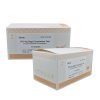
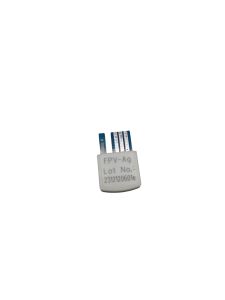
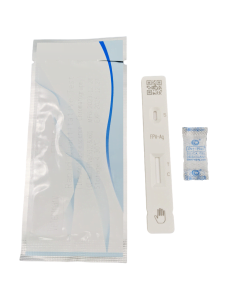
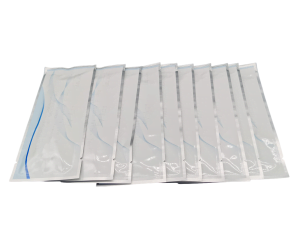
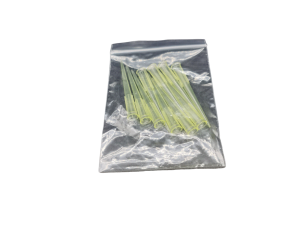
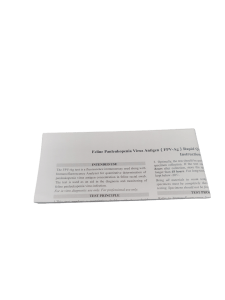
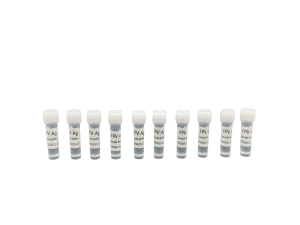
-300x225.png)
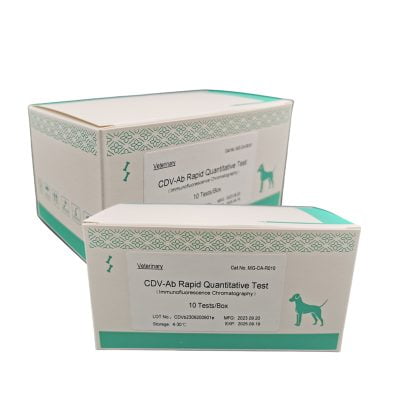
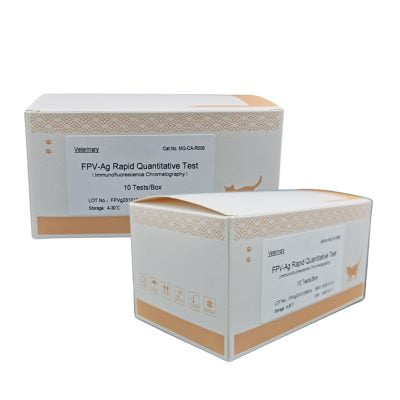
Reviews
There are no reviews yet.